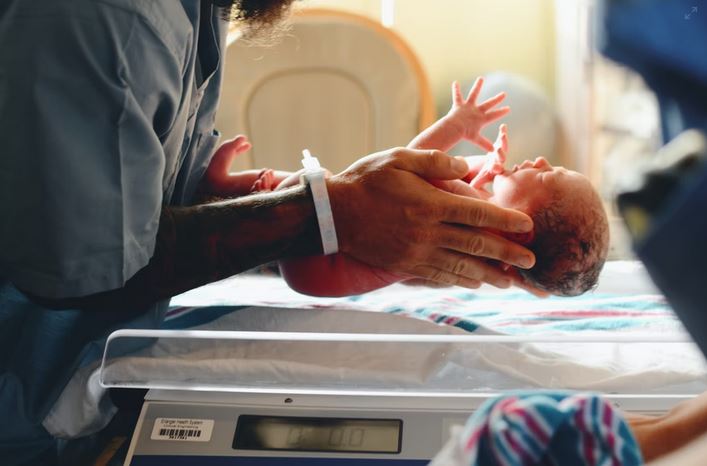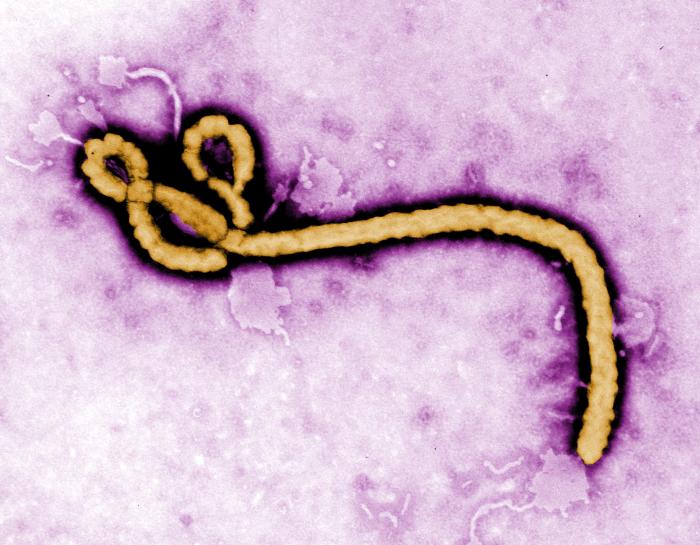Location. Location. Location. Does it impact birth defects?
In the United States, birth defects affect about 3% of births yearly and are responsible for 20% of infant deaths. Common birth defects include neural tube defects, congenital heart defects and cleft lip. Most birth defects are thought to be due to a mixture of factors including our genes, behaviors and environment, but the exact cause is unknown in most cases and they can be challenging to diagnose.
Texas has both large urban and rural populations, and some of the greatest geographic, racial, ethnic and socioeconomic diversity in the country. As early as 1991, when a cluster of anencephaly cases (a type of neural tube defect) were diagnosed in Brownsville, scientists and legislators recognized the need for birth defects surveillance and prevention efforts to address this. They established the Texas Birth Defects Epidemiology and Surveillance Branch, which now captures information on all birth defects across the state. These features create unique opportunities to study birth defects in Texas.
Place of residence is associated with air and water quality, access to health and social services, and other factors that can affect pregnancy outcomes. Accordingly, there is some evidence that where a woman lives affects her risk of having a child with a birth defect, but this has not been studied in detail.
To address this gap, our team mined data on more than 900,000 birth defects and 6.5 million live births from 1999 to 2015 to determine how place of residence was associated with >140 specific birth defects. Using U.S. Department of Agriculture Rural-Urban Continuum Codes, we categorized women as living in urban or rural areas. We then evaluated whether the risk of each birth defect differed between groups using a statistical technique adapted from genetic epidemiology.
Our work identified 12 specific birth defects that varied according to where the mother lived during pregnancy. These included ventricular septal defects, microcephalus and anomalies of the female genitalia. Our findings may have important implications for mothers and babies in Texas.
Some may be explained by differences in access to care for women and children in urban versus rural counties. Limited access to care for women in rural areas may result in underdiagnosis of certain birth defects and delay of treatment, leading to poorer outcomes for affected children. Conversely, limited access to or quality of healthcare for women living in rural areas may increase birth defects prevalence if it leads to lower rates of folic acid supplementation or poorer management of chronic health conditions like diabetes.
Another possibility is that characteristics of urban settings may be relevant to the cause, diagnosis and/or surveillance of birth defects. Previous research shows that women living in areas with poor air quality and high traffic density who breathed high levels of carbon monoxide during pregnancy are nearly twice as likely to have a baby with spina bifida or anencephaly compared to those with low levels of carbon monoxide exposure.
Our study suggests that birth defects may be underdiagnosed in rural areas, highlighting the need to understand whether the healthcare needs of women and children in rural Texas are being met. It also suggests the need to investigate specific characteristics of urban areas that may increase risk for these birth defects. We hope that our work can help guide this research and ultimately improve the health of women and children across Texas.
By Elisa Benavides, M.P.H., research coordinator III at the Center for Epidemiology and Population Health at Baylor College of Medicine



